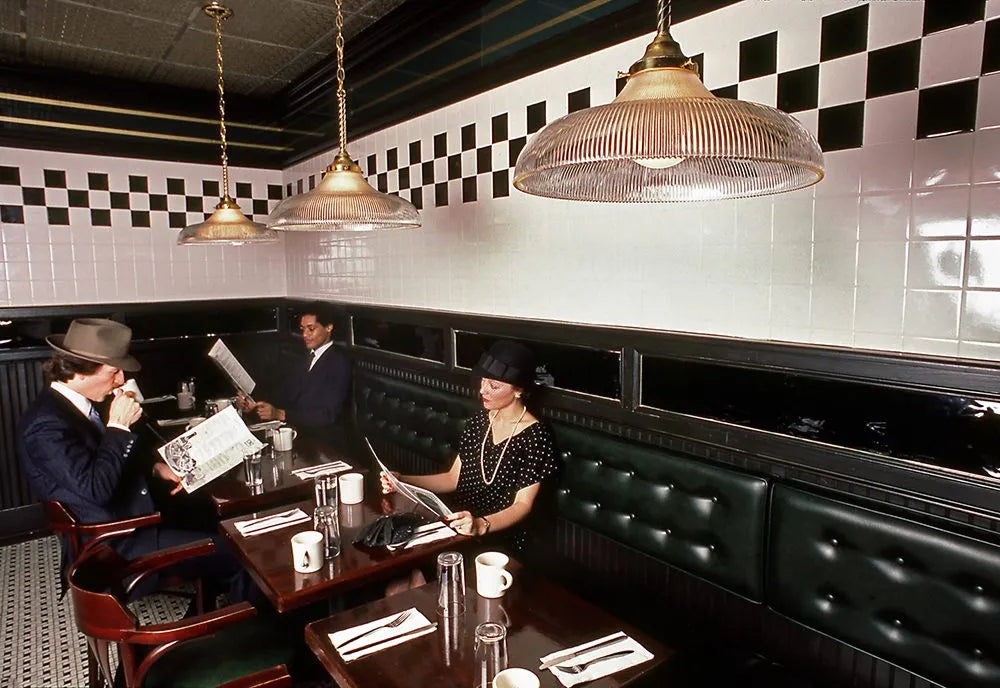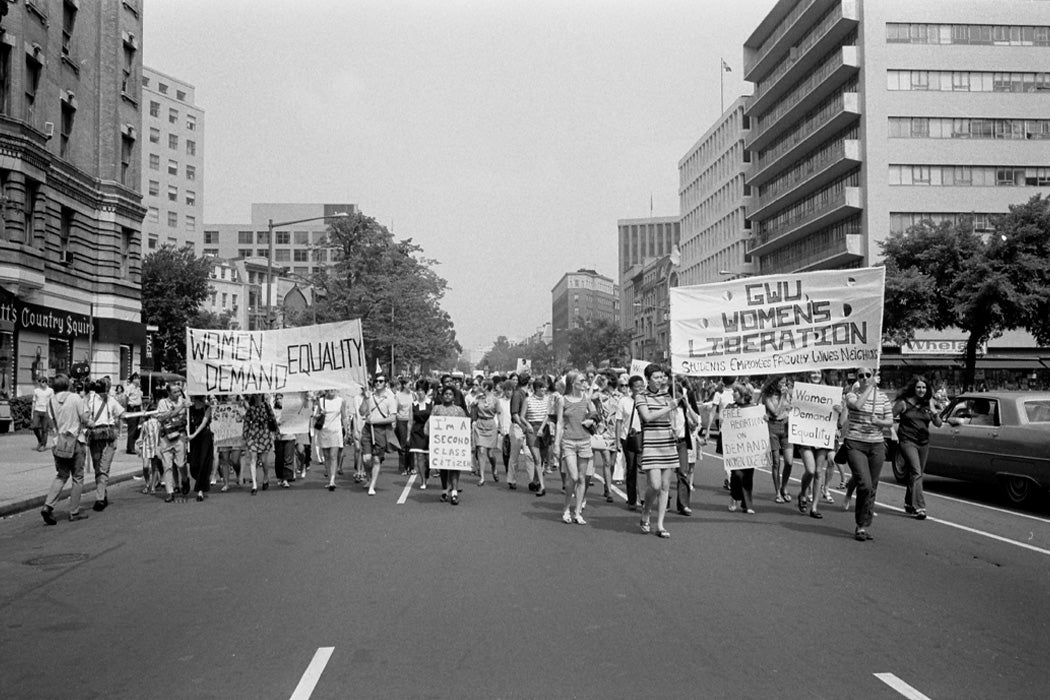Table for One - The Rise of Solo Dining
12.08.23
At Barbet, we are all about community and sharing meals and experiences, so while this post may seem counterintuitive, here we go. We aren't suggesting abandoning sharing meals with those we love, just met, or got seated randomly... but we are shedding light on why taking yourself out for a meal now and again has its perks.
Firstly, don't confuse being alone with feeling lonely. Actually, being your own best company can be a liberating and energizing experience. When you sit down to dine solo, you're the boss of your own taste buds and can relish every bite in a way that group meals don't allow. There's no need to cater to anyone's food demands, so you can play around with whatever tickles your fancy - whether that's mayo with BBQ sauce and ketchup or a kooky combo no one else would dare to try.
Alissa Wilkinson for Vox asserts that “dining out by myself is a form of self-care, a way to derive immense satisfaction from the experience — the ambiance, the flavors and textures, the chatter around me. Without a dining companion to entertain, I can sit with my thoughts, watch the world around me, eavesdrop on fellow diners, and maybe converse with the bartender if I’m seated at the bar.”
History
Back in the day, fancy restaurants were all the rage after the Civil War, but solo diners were in for a bumpy ride. With no communal tables, private dining was the new norm, and patrons were expected to be in pairs. And let's not forget the portions, which could feed two people at least!
But the story of women dining alone has been a bit of a revolutionary tale, with a long-fought battle for modern freedom. Before 1910, dining alone as a woman meant being turned away at fine restaurants, as the norm was to have a male companion. So, if you were a "lone woman," that could mean being by yourself or with a group of other women, but either way, you were not welcomed with open arms.
 "Dining Alone Can Pose Problem for a Women." New York Times. June 16, 1964.
"Dining Alone Can Pose Problem for a Women." New York Times. June 16, 1964. 
Back in the 60s, bars were all the rage for socializing, but let's not forget that they weren't always inclusive. Public spaces have always been a political battlefield, and throughout history, women have had to follow strict social rules, even laws, to know where they were welcome.
 A post written by Dolores Alexander. Cred.: The Sisterhood by Marcia Cohen.
A post written by Dolores Alexander. Cred.: The Sisterhood by Marcia Cohen.
Back in February '69, Betty Friedan and a pack of fifteen fierce feminists strutted into the Oak Room at the Plaza Hotel in NYC. But, hold up, they were met with a rude sign: "No ladies allowed from noon to three!" Apparently, ladies were too distracting for business lunchtime.
Friedan and her team of warriors strolled straight past the maître-d', determined to make a statement. They marched in with signs but the restaurant staff refused to serve them and even snatched their tables away. Yet, four months later, the story spread like wildfire, and under media pressure, the restaurant finally changed its tune and let the ladies in.
 Demonstration for women’s rights, 1970 via Flickr.
Demonstration for women’s rights, 1970 via Flickr.
Why Eat Alone?
Shared meals and the pleasure and ritual of eating with others conjur up some of the best food memories for most people. But there is a different kind of pleasure that comes from being more mindful of what you eat. When eating alone, it’s easier to focus simply on the food: its colours, texture, taste, smell.
 Source: Dining Alone: In the Company of Solitude. Nancy Scherl, 2022.
Source: Dining Alone: In the Company of Solitude. Nancy Scherl, 2022. 
The art photographer Nancy Scherl recently released a book called Dining Alone: In the Company of Solitude, containing decades of her photos of solo diners around the world. “I feel that sometimes the phone becomes a bit of a crutch for people — that they are pulling out their cellphone instead of people-watching, or smiling at someone who might be sitting next to them, or starting up a conversation with someone who might be sitting across from them or two tables down,” she said. “It’s nice to break down the barriers and feel that you can say hi, instead of whipping out your cellphone.”
Eating alone at a restaurant is always a doubled experience. The diner looks out but is also seen. And in that seeing there is judgement. Or better yet, there is the perception of being judged. In a Foreword by Laura Wzorek Pressley, Executive Director of CENTER Santa Fe, she writes: “What does it mean to dine alone? What does it mean to dine alone during a pandemic? What is our relationship to solitude in light of technology? Dining Alone: In the Company of Solitude invites us to consider these questions.
 Source: Dining Alone: In the Company of Solitude. Nancy Scherl, 2022.
Source: Dining Alone: In the Company of Solitude. Nancy Scherl, 2022. 
Leo Coleman, an anthropologist who has written on “being alone together,”and gave museums as an example: “You can have an encounter with something that’s meaningful and beautiful. And you know that there are other people sharing that experience, even if it’s just a glance or overhearing a conversation that someone else is having with somebody there.”
Somehow, the "romance of food, drink, and their various joys seems to go out the window when we go from eating with another person to dining with ourselves." And much of the advice available on eating alone amounts to "bring a book," yet "there is freedom in eating alone, even if we need a little help to relish in it: no discussions of what we should order, no small talk, no sharing."
 Source: Dining Alone: In the Company of Solitude. Nancy Scherl, 2022.
Source: Dining Alone: In the Company of Solitude. Nancy Scherl, 2022. 
Even if you take a picnic to your local park and BYOB (Bring your own Barbet), the solo experience of eating alone is one to be savoured.
Or head out for some alone time where Barbet is on the menu!